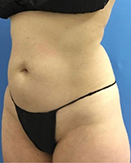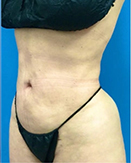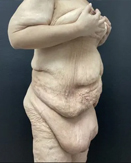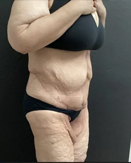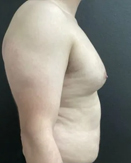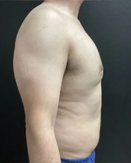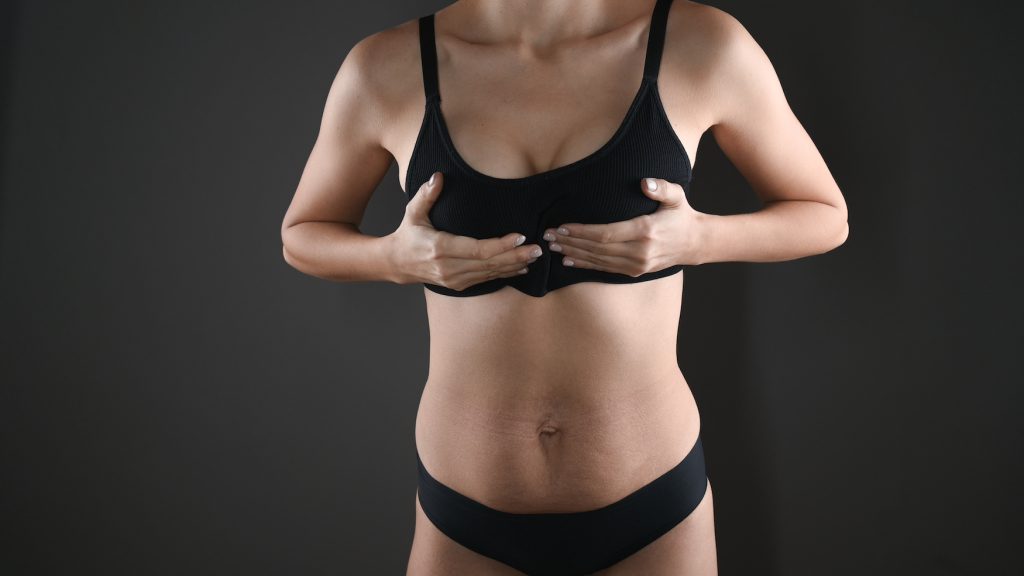Are you worried about how pregnancy will affect your body’s aesthetics?
Body image issues during and after pregnancy are normal symptoms as your body undergoes a fair amount of changes to prep and deliver your new babe. And in our judgment-free zone, we totally understand and value your right to understand your risk factors for certain changes during pregnancy like diastasis recti! So keep reading to learn more about this very normal process during pregnancy, risk factors, and treatment options:
So, what exactly is diastasis recti?
Diastasis recti is characterized by a protruding “pooch” or bulge that’s caused by the widening of the left and right sides of the abdominal rectus muscles, aka, the six-pack muscles.
This happens during pregnancy because, in order to make room for your growing baby, the abdomen must expand, stretching the skin, muscles, and connective tissue. Again, this entire process is totally normal, and most women experience a separation of their abdominal walls to a degree! But in some cases, women may experience a more prominent diastasis recti than others.
What are the risk factors for diastasis recti?
There’s very little research that solidifies what the risk factors are for the development of this condition. But what we know so far is that genetics, a woman’s stature and frame, weight gain, and physical activity levels probably play a role in the prevalence of diastasis recti during postpartum.
How can I fix my diastasis recti after pregnancy?
Some women’s diastasis recti will heal on its own while others might require more intensive intervention like surgery, especially if you’re dealing with symptoms such as back pain.
At New Life, we offer diastasis recti surgery (similar to a tummy tuck) and you can learn more about the process on our Instagram Story highlights here or reach out directly to our office to schedule a consultation!
